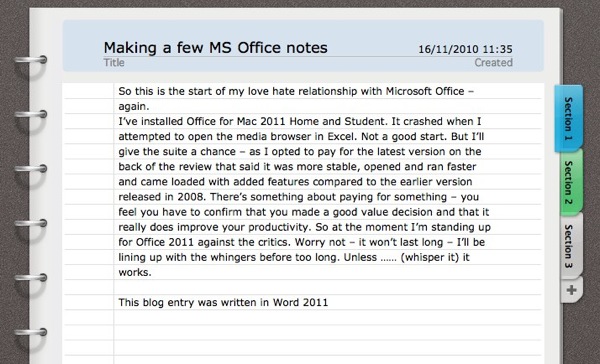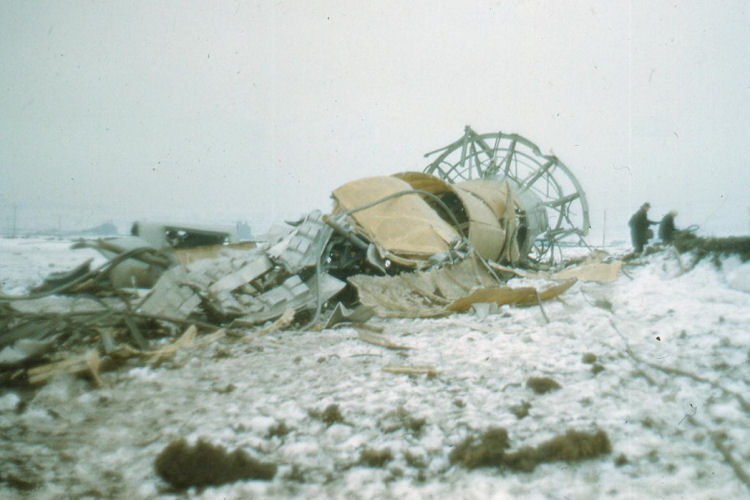
Category Archives: technical
iFixit – sometimes
iFixit: Apple Mac, MacBook, iPod, and iPhone Repair Parts.
Anyone who knows me knows I like making things work so the discovery that iFixit is publishing all of its repair manuals free of charge is like an early Christmas present. I am also a believer in reading and using the manual so it’s particularly useful to me. There is of course a sensible priority to how to fix things.
1. What was the last thing you did or changed that may affect the function of the piece of equipment?
2. Is there power to the item?
3. Look at it – is there anything obvious like screws missing, wires or plugs pulled out?
After these basic checks you may need to read the manual before proceeding.
So thank you iFixit, once the formalities are over, your freely available reading matter for the Apple products will make my life easier should anything of mine break down or require an upgrade. While I’m singing your praise – could you make it easier for me to take apart my Mac Mini?
Broadband communication | Down the tubes | The Economist
Broadband communication | Down the tubes | The Economist.
An interesting article on two fronts. First, just the home useable technology that’s changing the way we all watch television – not just the geeks. Second, the way big US corporations with vested interest in old technology still stand in the way of progress. Hence the rather cynical sub heading to the article Down the Tubes
Blogging Tweets end
After a couple of weeks of using Twitter Tools to publish daily posts of my Tweets, I’ve disabled the updates. It works well enough but what value does it add to my blog? Nothing, because the same information is available in the sidebar and on Twitter with a simple search on @barstep.
On the other hand I’m pleased with the delicious updates using Postalicious because I use delicious to write short summaries and responses to sites I have found interesting. So my ‘delicious thoughts” will continue.
I was lying on my back in the snow
Forty years ago this evening I was on my back in the snow under a section of the Emley Moor transmitter mast near Huddersfield. I was salvaging aerial panels which only a couple of hours earlier were 1,200 feet above my head.
I worked for the BBC as a Technical Assistant at the Holme Moss transmitter station ten miles away. We also maintained the BBC2 transmitters on the Emley Moor site. At 5pm on March 19th 1969 the mast crumpled under the weight of ice on the structure.
The Emley Moor transmitter site belonged to the Independent Broadcasting Authority but the BBC and IBA UHF transmitters were being co-sited so we had a small building near the much larger IBA Transmitter Hall. The BBC engineer on duty at Emley on March 19th was called Fred. As he worked inside, the mast collapsed and curled itself around the UHF buildings on the site and other building across the road. A cable stripped the roof of the BBC building of its ventilation shafts and took a few bricks off one corner. The IBA UHF building next door, as yet unoccupied, was demolished.
Fred called the Senior Maintenance Engineer at Holme Moss, Frank, who was busy and initially took Fred’s cry for help as a joke. It’s so rare that someone rings to say “The mast’s fallen down” that it wasn’t given any credibility. Especially when it’s a 1250′ modern structure at a main transmitter site belonging to a major broadcaster. But it had fallen and Frank soon took Fred’s call.
I had just finished my day shift at Holme Moss. At home in my bedsit in Huddersfield I could only receive BBC1 on VHF. No ITV or BBC2. I called the control desk at Holme Moss and heard the news for the first time. It was all hands on deck – so I forgot about tea and drove out of town to Emley Moor.
Fred was sitting in the transmitter hall, quiet and shaking.
After hearing his account some of us went outside to inspect the damage. We couldn’t see much at all. It was dark, cold and foggy. Snow lay on the ground. We were helpless. Changing a valve or replacing a section of feeder wasn’t going get us back on the air in this case.
More out of a need to do something than anything else we began to unbolt UHF aerial panels from the mast in case they could be re-deployed on a temporary mast to get the station back on the air. It was a useless exercise of course. Those panels were designed to work in a matched array at 1200 feet. They were just useless bits of aluminium on their own. But we endured the cold – did the British thing – and salvaged three or four panels before calling it a night.
Less than 48 hours later BBC2 was back on the air. The UHF transmitters had been de tuned and fed into a UHF panel that had first brought BBC2 to the Birmingham area at Sutton Coldfield – another station where I had worked during my training as a technician.
I left the BBC soon after that and didn’t return to the corporation until 1983 when BBC Radio York went on air. I eventually became Managing Editor of the radio station and often told the story of the night the mast fell down.




